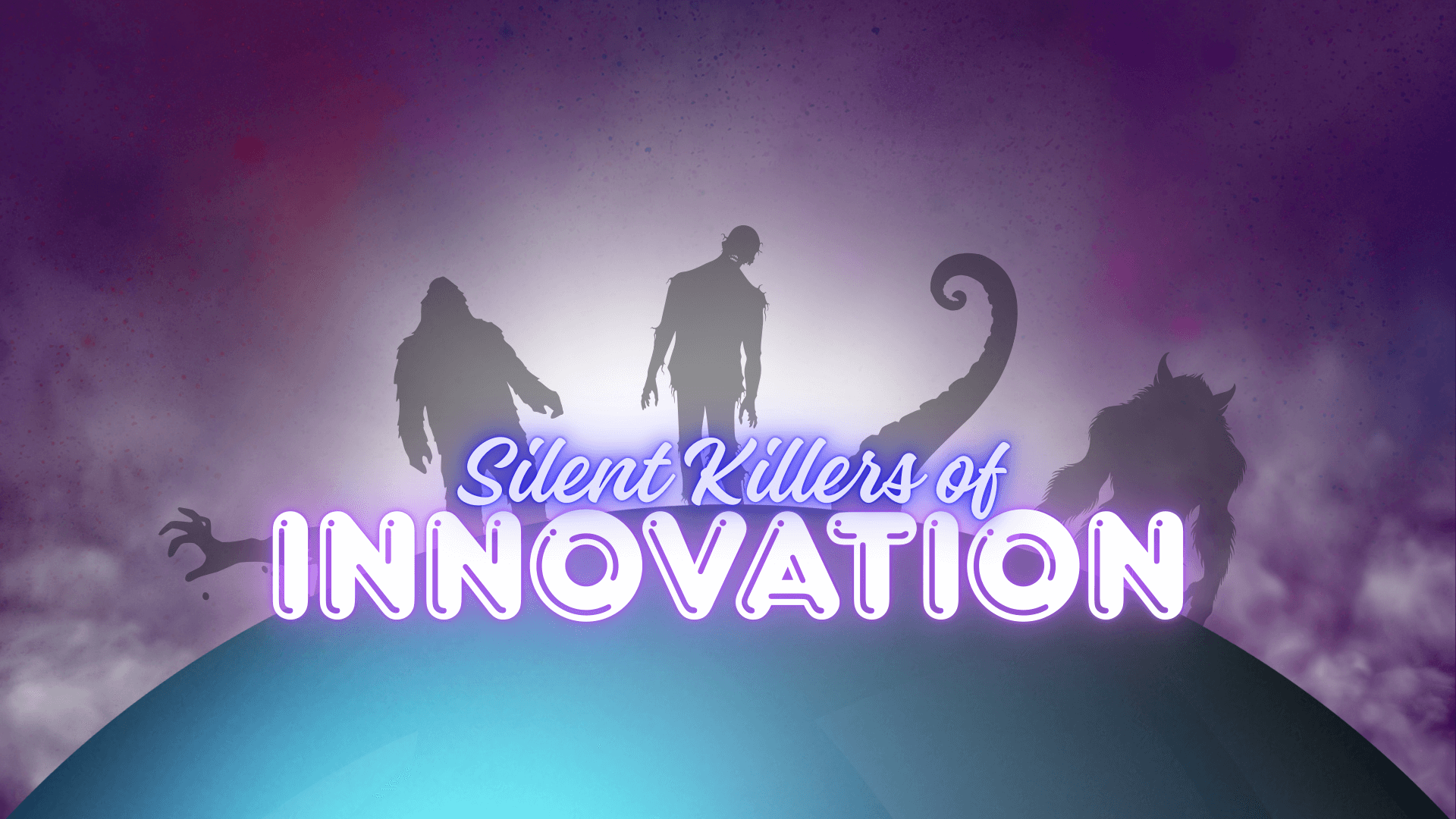SQA2 Case Studies: FinTech
Overview
A leading regional bank required robust Quality Assurance (QA) solutions to enhance the efficiency and accuracy of its banking software. The bank relied on a core banking system that interfaced with a critical user-facing application, making data integrity, compliance, and usability essential. However, the complexity of database management, lack of documentation, and absence of a dedicated business analyst created challenges in ensuring seamless integration and regulatory adherence. By deploying an embedded QA Engineer, supported by our Software Quality as a Service (SQaaS) organization, we provided a cost-effective and scalable solution. This blended approach implemented structured testing processes, optimized data validation, and strengthened compliance adherence. The results included improved system reliability, streamlined workflows, and early defect detection that significantly reduced operational risks.
Project Background
The client, a regional financial institution, relied on a banking application to facilitate customer interactions. This system played a crucial role in data management, customer transactions, and financial updates. However, due to the complexity of the banking domain, reliance on SQL databases, and lack of formalized business analysis, the client struggled with inefficiencies in test data setup, integration challenges between the core banking system and the front-end application, and compliance risks.
The client sought a QA partner capable of ensuring data accuracy, improving testing efficiency, and meeting regulatory compliance requirements. To address these needs, we implemented a blended QA approach—deploying an embedded QA Engineer backed by our SQaaS organization—offering a cost-effective solution by combining lower-cost resources with the expertise of a senior embedded team member. This approach provided flexible, scalable QA resources that integrated seamlessly with their workflows.
Challenges
- Complex Data Management: The banking system required managing vast amounts of financial data across multiple databases, making it difficult to maintain accuracy and reliability.
- Integration Issues: The lack of direct access to key systems for some teams, and the need for QA to act as a bridge between front-end and back-end teams, led to inefficiencies in testing and issue resolution.
- Regulatory Compliance: The banking sector’s stringent compliance requirements demanded meticulous data validation, accurate reporting, and strict adherence to security protocols.
- Lack of Documentation: Absence of structured documentation for system flows and database schemas resulted in increased onboarding time for new QA professionals and increased risk of undetected defects.
- Knowledge Gaps: The absence of a dedicated business analyst meant QA had to take on additional responsibilities in understanding requirements and ensuring alignment between technical and business expectations.
Solutions
- Cost-Effective Blended QA Model: By combining lower-cost resources with a senior embedded QA Engineer, we delivered a high-quality solution at a competitive price.
- Enhanced Test Data Management: We implemented structured test data creation processes, ensuring reliable, repeatable, and well-documented test scenarios.
- Bridging Development and Testing: Our embedded QA Engineer, supported by our SQaaS team, acted as a key liaison between front-end and back-end teams, ensuring clear communication, validation of business requirements, and reducing integration issues.
- Improved Compliance Adherence: We refined existing test cases and executed in-depth compliance testing to validate adherence to federal and state banking regulations, ensuring financial transactions were processed accurately.
- Knowledge Sharing and Documentation: We created detailed internal documentation, including structured test cases, process flows, and a knowledge base for repeatability and efficiency in future projects.
- Leveraging QA 2.0: Our shift-left approach allowed early detection of defects, minimizing risks before implementation, and ensuring a higher degree of accuracy in financial operations.
- Risk Management Enhancements: We provided proactive risk assessments, timely defect detection, and structured test case execution to ensure stability in banking operations.
Outcomes
- Increased System Reliability: Strengthened the system’s ability to process customer data accurately and efficiently, reducing potential errors in financial transactions.
- Enhanced Compliance Confidence: The refined testing processes ensured adherence to regulatory guidelines, mitigating compliance risks.
- Improved Communication Between Teams: Acted as a critical bridge between development and operations, leading to faster issue resolution and better alignment of business needs.
- Reduction in Defects and Operational Risks: Early detection of system inconsistencies prevented costly post-production defects.
- Scalable and Sustainable QA Practices: The structured documentation and testing framework created a sustainable model for future enhancements and system upgrades.
Client Feedback
The client highlighted our team’s attention to detail, structured documentation, and ability to navigate complex database operations effectively. They appreciated the proactive approach to compliance testing, clear communication, and knowledge-sharing initiatives that improved internal QA capabilities. Our ability to identify gaps in previous testing efforts and introduce structured processes significantly enhanced the client’s confidence in their software integrity.
Lessons Learned and Best Practices
- Proactive Knowledge Management: Investing in structured documentation and internal knowledge-sharing reduces onboarding time and enhances long-term testing efficiency.
- Importance of QA as a Bridge: Having QA function as a communication hub between development, operations, and compliance teams ensures smooth integration and issue resolution.
- Shift-Left Testing Prevents Late-Stage Defects: Early defect detection significantly reduces operational risks and enhances software stability.
- Structured Compliance Testing is Non-Negotiable: Strict regulatory environments demand robust and repeatable testing methodologies to ensure financial data accuracy and security.
Contact Us
Are you looking to improve the reliability, compliance, and efficiency of your banking or financial software? Our QA experts can help streamline your testing processes, enhance compliance readiness, and optimize data management. Contact us today to learn more about how our blended QA approach—embedding a QA Engineer with SQaaS support—can support your quality assurance needs.

